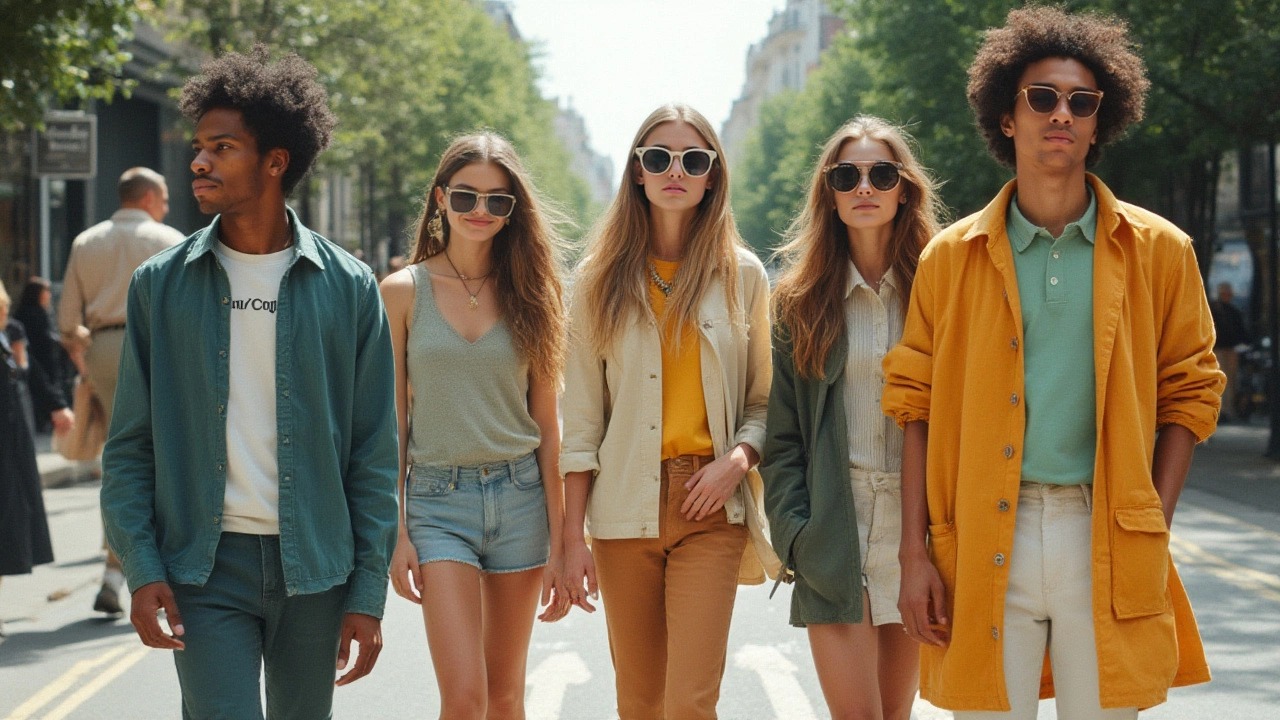Eco-Friendly Fashion Brands You Can Trust
Looking for clothes that look good and do good? You’re not alone. More shoppers want outfits that match their values, and the market is finally catching up. Below you’ll find a short list of brands that actually walk the talk, plus simple steps to spot genuine green fashion.
Top Eco-Friendly Brands to Watch
One name that keeps popping up is Patagonia. Their recycled polyester jackets are made from old plastic bottles, and they repair gear instead of urging you to buy new. People for the Ethical Treatment of Animals (PETA) has praised their supply chain for transparency.
Another solid option is Everlane. They publish exact cost breakdowns for each item and use organic cotton or recycled fabrics whenever possible. Their “Renew” line turns post‑consumer waste into sleek basics you can wear daily.
If you love streetwear, check out Allbirds. Their sneakers combine merino wool with sugar‑cane‑based foam for a lightweight, low‑carbon footprint. The brand also offsets the remaining emissions, so the shoes stay carbon‑neutral.
For high‑end designers, Stella McCartney remains a pioneer. She avoids leather and fur, opting for recycled polyester, organic cotton, and even mushroom leather. Her runway shows often highlight the environmental impact of each collection.
Finally, consider Reformation. Their dresses are cut from dead‑stock fabrics, meaning they use material that would otherwise be thrown away. The site even shows a carbon‑footprint score for each piece.
How to Choose Green Fashion
First, read the label. Look for terms like “organic cotton,” “recycled polyester,” or “Tencel.” If a brand lists the exact percentage of sustainable fibers, that’s a good sign.
Second, check the brand’s transparency. A legit eco‑friendly label will share details about factories, water use, and carbon offsets. If they hide the info, move on.
Third, think about the product’s lifespan. A well‑made jacket that lasts ten years beats a cheap tee you’ll toss after a season. Look for reinforced seams, quality zippers, and repair programs.
Fourth, consider the whole supply chain. Brands that ship from nearby factories cut down on transport emissions. Some even use carbon‑neutral shipping options.
Lastly, don’t forget to care for your clothes right. Washing in cold water, air‑drying, and avoiding the dryer can shrink a garment’s carbon footprint by up to 30%.
By keeping these simple rules in mind, you can fill your wardrobe with pieces that feel as good as they look. Eco-friendly fashion brands are proving that style and sustainability can walk hand‑in‑hand. Happy shopping!
